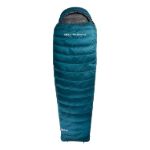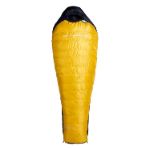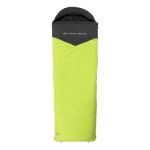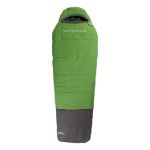| Your browser is not supported. | ||
|
Please browse our site using any of the following options:
| ||
This Bag Over That Bag - The Difference Between Our Sleeping Bags
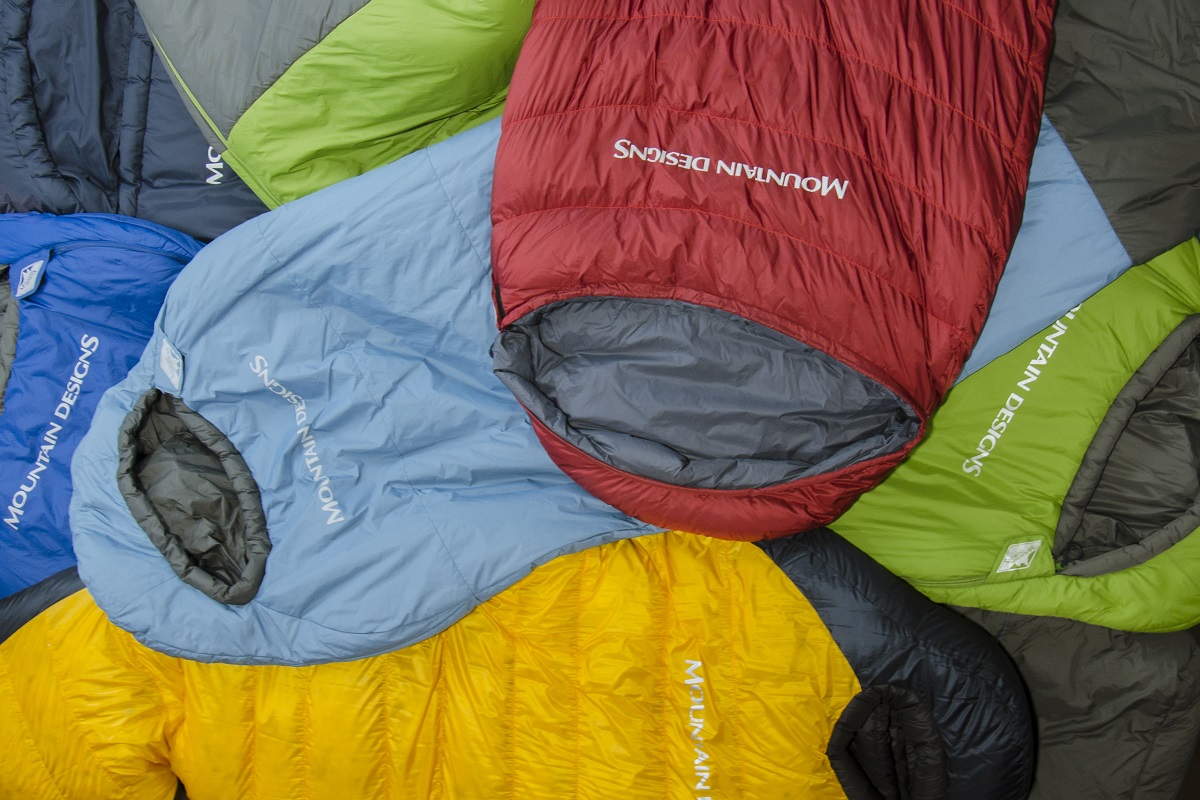
A sleeping bag is a big investment in your outdoor adventure game. While a lot of gear will be multi-functional, making sure you have the right sleeping bag for the conditions you're encountering is essential. This becomes even more vital as you move towards the extremes, where you're not just hoping for a good night's sleep - you actually need protection and warmth for your personal safety and welfare. Here we dive into our sleeping bag range, comparing the different styles so you'll know which one to choose when you're gearing up for your next adventure.
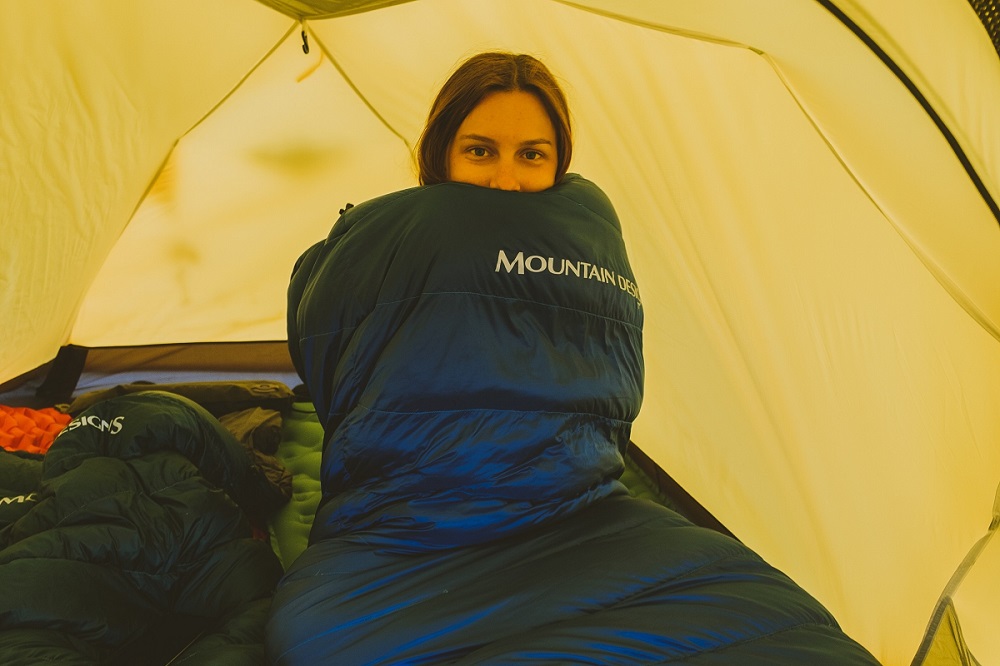

Do you need a sleeping bag for your camping adventures (left) or a more extreme alpine expedition (right)? (Images supplied by Harrison Candlin and Claire Mackay)
But First, Some Basics…
There are many things to consider before selecting the right sleeping bag for you. These include desired insulation, sleeping bag design/shape, and most importantly, your intended end use for the sleeping bag.
End Use - End use should be at the front of mind when looking at sleeping bags. You need to ask yourself the following: Where are you going? How cold will it get? How humid will it be? Does it rain a lot? Are you needing high performance and something lightweight, or are you needing long lasting performance and comfort? These are all things to consider when choosing a sleeping bag.
Insulation - When it comes to sleeping bag insulation there are two main categories of insulation, being down and synthetic.
- Down is a high-performing natural insulating material. Known for its lightweight and packable nature, it is ideal for lightweight backpacking when you need warmth without weight and bulk. One of the downsides to down insulation is that if it isn't treated and gets wet, it will not insulate. This is less than desirable in high humidity situations or when rain is about. A down treatment such as Downtek®, which produces hydrophobic down that is water resistant, will help improve the down's resistance to moisture. Another disadvantage is the fact that down won't insulate when compressed. Therefore any down underneath the user will not insulate effectively. For a more detailed look at down insulation, refer to this previous article here.
- Synthetic insulation comes in many different forms, mainly using polyester material. Generally synthetic insulation is heavier and less packable then down, but will insulate when wet, unlike down. The other benefit of synthetic insulation is its durability and easy care. However, similar to down, synthetic insulation will not insulate very well when compressed, though slightly better than down. Synthetic insulation is ideal for humid conditions and when you are needing a cheaper option that will last.
Shape - The shape of the sleeping bag can drastically change its thermal efficiency. The three main shapes available are rectangular, tapered and mummy.
- Rectangular-shaped bags are the most basic and are designed for general use, as they have plenty of room inside for movement and can be unzipped and opened out flat. The downside to this shape is that the excess space around your body reduces thermal efficiency.
- The tapered shape is designed to reduce this excess space while still providing enough room inside to move around. The tapered shape is the most common shape as it is much more versatile and thermally efficient. They can generally still be unzipped out flat, the same as the rectangular shape.
- The mummy-shaped sleeping bag is designed to remove as much excess space as possible without making you feel claustrophobic. Mummy-shaped bags are for much more technical use and where thermal efficiency is a priority.

The three standard shapes for sleeping bags - rectangular (left), tapered (middle) and mummy (right).
Baffles/Quilting - Along with the shape, the baffle/quilt construction also contributes to the thermal efficiency of the sleeping bag. The main baffle construction techniques used for down sleeping bags include stitch through baffle construction, box wall baffle construction and trapezoidal baffle construction.
- Stitch through baffle construction is where the shell and lining fabric are sewn directly together to form the baffles. This is a basic construction technique used for warmer weather bags as the stitching can cause cold spots, but at the same time it allows for better breathability.
- Box wall baffle construction uses a separate material sewn between the shell and the lining, to separate the down. This minimises cold spots and allows the down to loft up more efficiently.
- Trapezoidal baffle construction, developed by Mountain Designs founder Rick White, uses a separate material to separate the down, similar to the box wall construction. However, the trapezoidal construction uses an offset design to eliminate cold spots between seams. The trapezoidal shape also improves the down dispersion within the baffles.
For more details refer to this previous article on baffle construction here.
For synthetic sleeping bags there is stitch through quilting and offset quilting.
- Stitch through quilting is very much similar to stitch through baffle construction, where the shell, insulation and lining fabric are sewn directly together to form the quilting. This is a basic construction technique used for warmer weather bags as the stitching can cause cold spots as it compresses the insulation, but at the same time it allows for better breathability.
- Offset quilting is used when there are multiple insulation layers used inside the sleeping bag. The shell is quilted to the outer layer of insulation while the lining is quilted to the inner layer of insulation at alternating intervals, offsetting the stitching. This minimises cold spots in the sleeping bag.
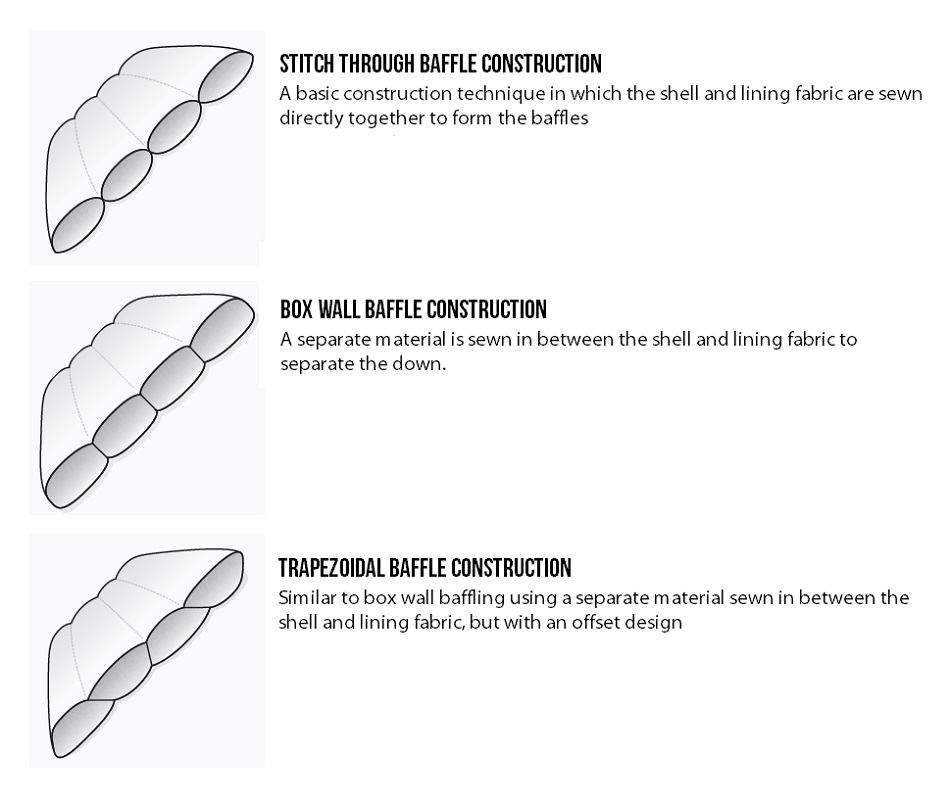
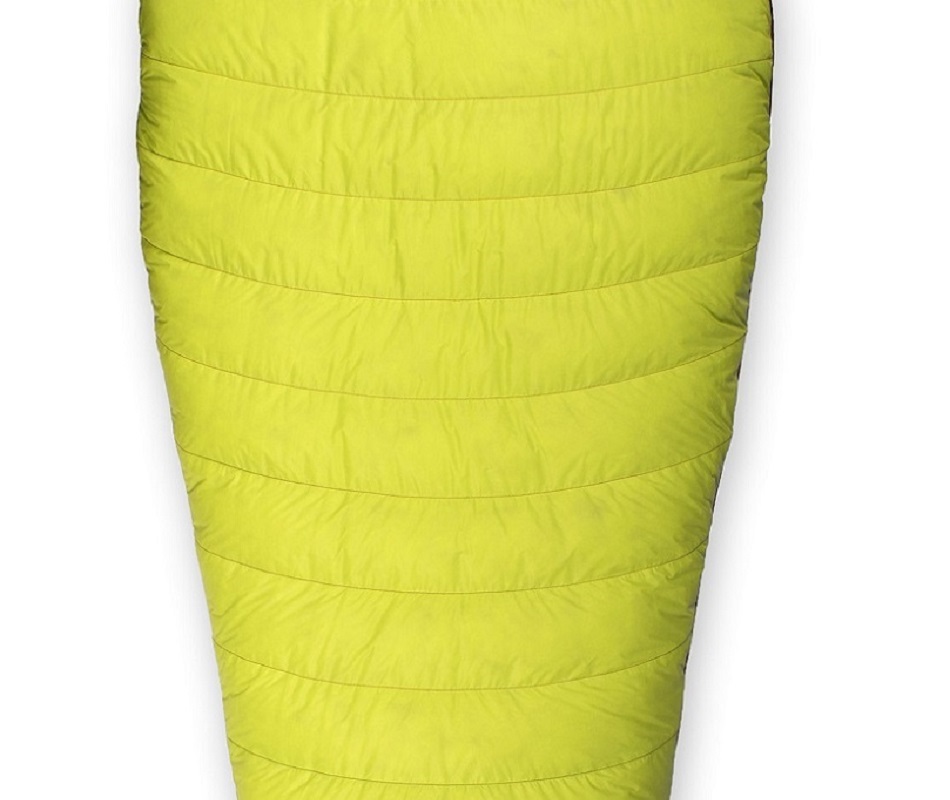
The most common baffle construction techniques for down sleeping bags (left); curved baffles improve down migration ensuring an even spread of insulation within the bag itself (right).
Temperature Rating - Every Mountain Designs sleeping bag is tested against the EN ISO 23537-1 standard, or what was formally known as the EN 13537 standard. This test produces three temperature ratings known as 'T Comfort' rating, 'T Limit' rating and 'T Extreme' rating.
- 'T Comfort' value refers to the lowest temperature at which a standard user can expect to sleep comfortably in a relaxed body position, such as lying on their back (related to a standard woman and in standard conditions of use). This is a suitable guide for the coldest temperature a 'cold sleeper' would want to use the sleeping bag for.
- 'T Limit' value refers to the lowest temperature at which a standard user can expect to sleep in a curled body position and remain asleep (related to a standard man and in standard conditions of use - note that the temperature is lower because the metabolic rate used in the equation for a man is higher than that used in the equations based on a woman's physiology). This is a suitable guide for the coldest temperature a 'warm sleeper' would want to use the sleeping bag for.
- 'T Extreme' value refers to the lowest temperature at which a standard user can survive in when using the sleeping bag (related to a standard woman with a curled body position in a situation of high cold stress with shivering). This is a survival rating only, and at this extreme temperature the user can expect to feel very cold with a real risk of health damage by hypothermia. Use is not advised at this level.
Generally sleeping bags are referred to by their 'T Limit' rating. Mountain Designs recommends using the temperature rating as a reference point for comparing other EN ISO 23537-1 tested bags and EN 13537 tested bags within the Mountain Designs range or across other brands. Keep in mind, however, it should only be considered a guide as everybody has different body types and coping mechanisms. As a general rule, you should look at the 'T Limit' rating as a starting point for comparison. For more details, refer to our previous article here.

Each Mountain Designs sleeping bag has a series of temperature ratings that help you decide which bag will suit the temperature conditions you will experience.
Down Sleeping Bag Range
Shuttle - The Shuttle sleeping bag is a very versatile sleeping bag. On its own, it is ideal for warmer weather with its stitch through baffling and temperature rating of 8°C. Combining the Shuttle with another sleeping bag, using it like a liner, will boost the warmth and insulation needed for colder adventures. To enable this, the bag uses a tapered shape to minimise weight and pack size, but also fit inside other sleeping bags, and a flatbed hood that fits inside other sleeping bag hoods, such as the Travelite series.
Travelite - The Travelite series is the most popular bag on offer at Mountain Designs. Designed with a tapered shape and box wall baffling, the series is a versatile option, coming in three temperature rating options, at -1°C, -5°C and -9°C. Unlike the Shuttle sleeping bag, the Travelite has a face baffle, allowing you to comfortably cinch up the hood around your face when it gets colder. The Travelite range is ideal for hikers looking for a lightweight and compact sleeping bag that does not compromise too much on comfort. They are also ideal for general camping and travelling. The Travelite series also comes in large sizes and in left and right zip options, allowing you to join two sleeping bags together.
UltraTek - The Ultratek series is our high-performance technical sleeping bag range, designed with a ¾ length side zip, trapezoidal baffles and a mummy shape for high thermal performance, and minimised bulk and weight. Unlike the Travelite series, the Ultratek utilises a neck baffle as well as a face baffle to further trap warmth inside when cinched up. A big feature to this series is the use of Downtek hydrophobic down, improving the insulation's resistance to moisture, and allowing for use in wetter conditions such as snow. Along with this, the bag also uses Pertex® shell fabrics, which are lighter in weight and more wind resistant than regular sleeping bag fabrics, while still remaining breathable. The series offers three temperature rating options, being -9°C, -12°C and -17°C. The UltraTek series is ideal for alpine conditions with its thermal efficiency, keeping you warm through cold conditions. Keep in mind for alpine conditions, it is best to pair your sleeping bag with a well-insulated sleeping mat for ultimate comfort and warmth.
Synthetic Sleeping Bag Range
Venturer - The Venturer series is our entry level synthetic sleeping bag, which comes in three temperature options, 5°C, 0°C and -5°C. They are designed with a rectangular shape for optimal comfort and offset quilting for comfortable warmth. The Venturer series is ideal for beginner campers, sleeping not too far from the car or someone wanting a spacious sleeping bag that will keep them warm.
Overlander - The Overlander series of sleeping bag is a more hiking-orientated sleeping bag, with a much more packable and lighter weight synthetic insulation. The Overlander comes in four temperature options, 10°C, 4°C, 0°C and -6°C. The sleeping bag is a tapered shape for improved thermal efficiency and also has offset quilting. With the reduced pack size over the Venturer series, the Overlander series sleeping bags are ideal for overnight hiking where lightweight and compact performance is desired. The series is also ideal for general camping making it a very versatile sleeping bag option that will last.
Photo Credits
Images supplied by:
Harrison Candlin
- Instagram @harrisoncandlin
- Website https://www.harrisoncandlin.com
Claire Mackay
- Instagram @clairelouise.mackay


